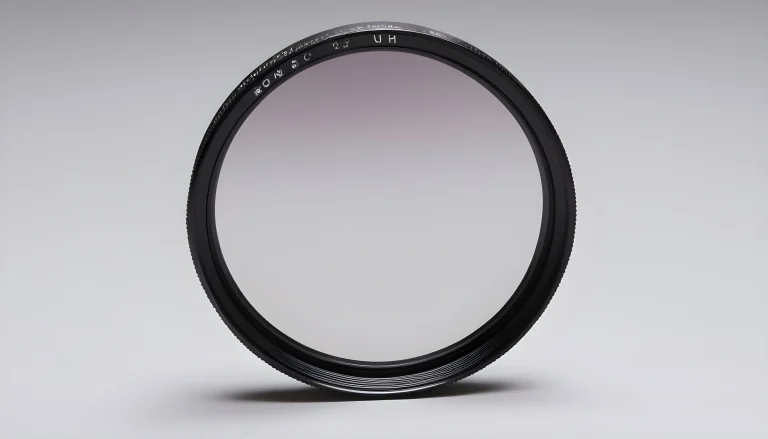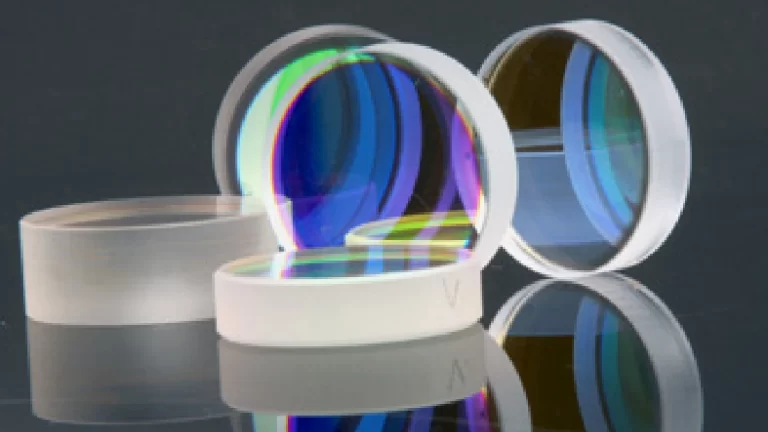Double Concave Lens: Light Ray Behavior
Light, with its unique properties, has captivated scientists and researchers for centuries. One fascinating optical device that significantly influences the behavior of light rays is the double concave lens. In this blog, we will delve into the intriguing ways in which a double concave lens affects the behavior of light rays passing through it. By understanding these phenomena, we can unravel the secrets of light manipulation and explore the applications of double concave lenses in various fields.
1. Refraction: Bending Light’s Path
When light rays encounter a double concave lens, they undergo refraction, a process in which their path is bent. The curved surfaces of the lens cause the light rays to change direction, deviating from their original path. Unlike a double convex lens that converges light rays, a double concave lens diverges them, resulting in the formation of virtual images.
2. Divergence and Spread
One significant effect of a double concave lens is the divergence and spreading of light rays passing through it. Due to its concave shape, the lens causes the incoming parallel rays to diverge as they pass through, spreading out over a larger area. This property makes double concave lenses useful in applications such as beam expanding in lasers and creating a wider field of view in optical instruments.
3. Virtual Image Formation
Another fascinating behavior of light rays passing through a double concave lens is the formation of virtual images. Unlike real images that can be projected onto a screen, virtual images cannot be captured on a physical surface. The diverging nature of the lens causes the light rays to appear to originate from a particular point behind the lens, creating an image that can only be observed when looking through the lens.
4. Change in Image Size
Double concave lenses also influence the size of the images formed. When an object is placed in front of a double concave lens, the lens creates a virtual image that is smaller in size compared to the object. The exact size of the image depends on factors such as the distance between the object and the lens and the focal length of the lens.
5. Focal Point and Focal Length
Similar to other lenses, double concave lenses have a focal point and a focal length. The focal point is the point where parallel incident rays converge or appear to diverge from. In the case of a double concave lens, the focal point is located on the same side as the object, and the light rays appear to diverge from it. The focal length is the distance between the lens and its focal point, determining the lens’s optical properties and its ability to focus or diverge light.
6. Aberrations and Corrective Measures
While double concave lenses can manipulate light effectively, they are also susceptible to optical aberrations that can distort the resulting images. Common aberrations include spherical aberration, chromatic aberration, and coma. However, corrective measures such as using multiple lenses, lens coatings, and advanced optical designs can help minimize these distortions and improve the performance of double concave lenses.
7. Application in Corrective Lenses
The unique properties of double concave lenses find extensive application in corrective lenses, such as eyeglasses and contact lenses. These lenses are used to correct vision problems like myopia (nearsightedness). By diverging the incoming light rays before they reach the eye, the lens helps to focus the image accurately on the retina, resulting in clear vision.
Conclusion:
Double concave lenses possess remarkable capabilities to manipulate light rays and influence their behavior. Through refraction, divergence, virtual image formation, and alteration of image size, these lenses contribute to a wide range of applications in fields like optics, physics, and ophthalmology. Understanding the intricate ways in which double concave lenses affect light opens doors to advancements in imaging systems, corrective optics, and optical instruments, paving the way for exciting possibilities in the world of optics.
FAQs on Double Concave Lens: Light Ray Behavior
1. What is a double concave lens and its purpose?
A double concave lens is curved inward on both sides. It’s used to diverge light rays and create virtual, reduced images.
2. How do double concave lenses affect parallel light rays?
They cause parallel light rays to spread out, diverging as if coming from a virtual focal point on the same side as the incident light.
3. What happens when light passes through the center of a double concave lens?
Light passing through the center continues in a straight line, unaffected by the lens due to symmetry.
4. How does a double concave lens compare to a biconcave lens?
Both have concave surfaces, but a biconcave lens is thinner at the center, causing light to diverge, while a double concave lens is thicker at the center.
5. Can double concave lenses form real images?
No, they only create virtual, upright, and diminished images on the same side as the object.
6. What role do double concave lenses play in correcting vision?
They are used to correct nearsightedness (myopia) by diverging light before it enters the eye, helping focus the image correctly on the retina.
7. How does the thickness affect the behavior of a double concave lens?
Thicker lenses diverge light more, while thinner ones cause less divergence due to the curvature differences.
8. Can double concave lenses be used in conjunction with other lenses?
Yes, they can be paired with other lenses to control and modify the behavior of light rays for specific optical purposes.
9. Do double concave lenses work similarly in reverse?
When light rays diverge toward the lens, a double concave lens can make them appear to originate from a virtual focal point on the same side.
10. What is the significance of the focal point in double concave lenses?
The virtual focal point helps understand how the lens disperses light and forms virtual images in specific optical systems.








